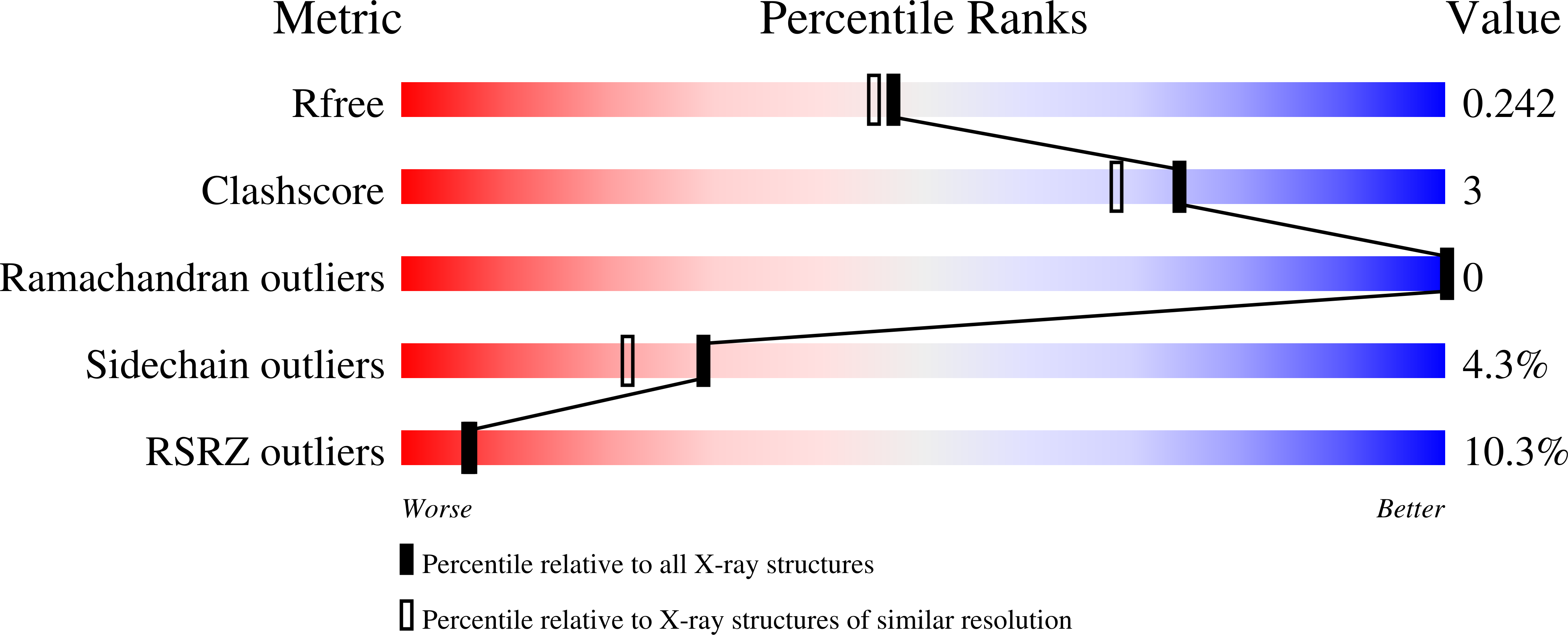
Deposition Date
2022-04-09
Release Date
2023-03-29
Last Version Date
2023-10-25
Entry Detail
PDB ID:
7UN7
Keywords:
Title:
DNA Polymerase lambda in complex with a 1nt microhomology substrate
Biological Source:
Source Organism:
Homo sapiens (Taxon ID: 9606)
Host Organism:
Method Details:
Experimental Method:
Resolution:
2.04 Å
R-Value Free:
0.24
R-Value Work:
0.21
R-Value Observed:
0.22
Space Group:
P 21 21 21


